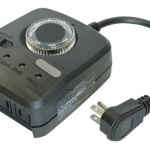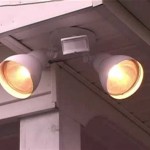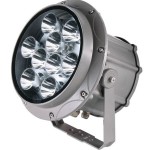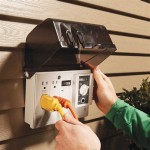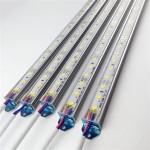How to Use Light Reflectors Outdoors
Light reflectors, also known as bounce cards or reflectors, are essential tools for photographers and videographers, both indoors and outdoors. These versatile tools help control light by reflecting it back onto the subject, creating softer, more flattering illumination. Mastering the use of light reflectors outdoors can significantly enhance your images and videos, allowing you to sculpt light, reduce harsh shadows, fill in dark areas, and create a more balanced and pleasing composition.
Understanding Light Reflectors
Light reflectors are available in various sizes and materials, each designed to achieve different effects. Common reflector materials include:
- White: Provides a neutral reflection, ideal for general fill-in and bouncing back ambient light.
- Silver: Reflects light more intensely, creating brighter highlights and a more dramatic look.
- Gold: Warms up the light, adding a golden hue and creating a more flattering effect on skin tones.
- Black: Absorbs light instead of reflecting it, useful for blocking unwanted light or creating shadows.
Reflectors come in various shapes, including circular, rectangular, and foldable designs. Foldable reflectors are particularly convenient for outdoor use as they can be easily transported and set up. Some reflectors also feature multiple surfaces, allowing you to switch between different reflection qualities with a simple flip.
Outdoor Applications of Light Reflectors
The applications of light reflectors outdoors are numerous and can significantly improve your photographic or video work:
1. Fill-In Lighting
On a sunny day, strong sunlight can create harsh shadows on your subject's face. A white reflector positioned opposite the sun can bounce back light, softening the shadows and creating a more balanced exposure. This technique is especially effective for portrait photography, ensuring your subject's face is evenly lit.
2. Creating Catchlights
Catchlights are bright reflections in the eyes of your subject, adding depth and life to portraits. By strategically positioning a white or silver reflector behind and above the subject, you can reflect light into their eyes, creating captivating and expressive catchlights.
3. Highlighting Textures and Details
Using a reflector to direct light onto specific areas of your subject can accentuate textures and details. For example, when photographing a flower, you can position a reflector to highlight the delicate petals and intricate patterns. This technique is also useful for capturing the texture of fabrics, wood, or other materials.
4. Balancing Highlights and Shadows
Outdoor scenes often feature a wide range of light and dark areas. By using a reflector, you can balance these areas, creating a more visually appealing and dramatic composition. For example, in a landscape photograph, you can use a reflector to brighten the shadows in the foreground while maintaining the detail in the sunlit background.
Tips for Using Light Reflectors Outdoors
Here are some tips for effectively using light reflectors outdoors:
- Consider the direction of the light: Understand the direction of the sun and how it affects your subject. Position the reflector accordingly to achieve the desired effect.
- Experiment with different reflector materials: Try different reflector materials to find the best option for your specific lighting situation and desired outcome.
- Adjust the angle and distance: The angle and distance of the reflector will determine the intensity and direction of reflected light. Experiment to find the best position for your subject and desired effect.
- Use a reflector holder: A reflector holder or stand can help stabilize the reflector and make it easier to adjust during shooting.
- Work with an assistant: If possible, having an assistant hold the reflector allows for greater flexibility and control over the light.
By understanding the principles of light reflection and practicing with different setups, you can effectively use light reflectors outdoors to enhance your images and videos, taking your photography and videography to the next level.

Reflector Photography How To Use A For Stunning Portraits

How To Use A Photography Reflector Enhance Your Photos 2024 Update

Reflector Photography How To Use A For Stunning Portraits

How To Use A Reflector For Portraits

And Photography Light Reflectors Maker

Reflector Photography How To Use A For Stunning Portraits

How To Use A Reflector

How To Use Reflectors In Photography 12 Tips

Reflector Photography How To Use A For Stunning Portraits

Ing Outdoors Light Reflector Tom Antos S
